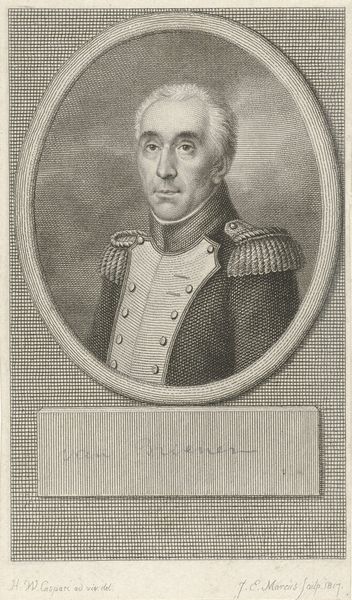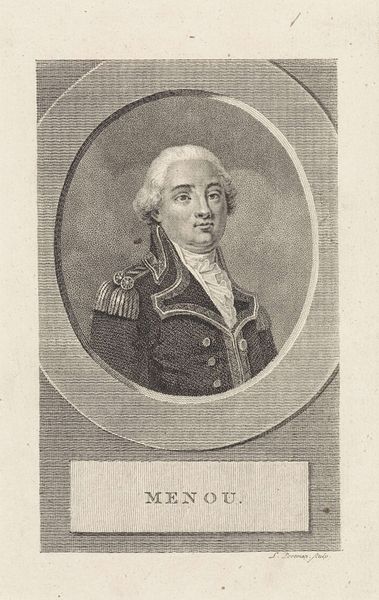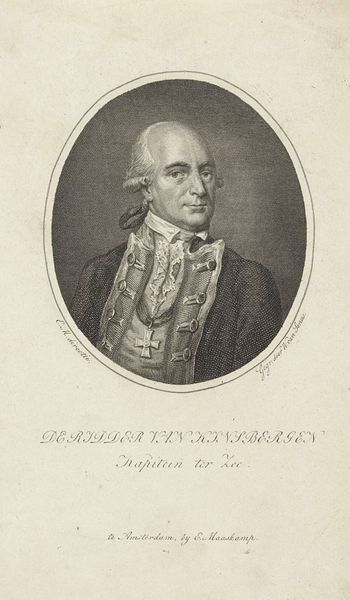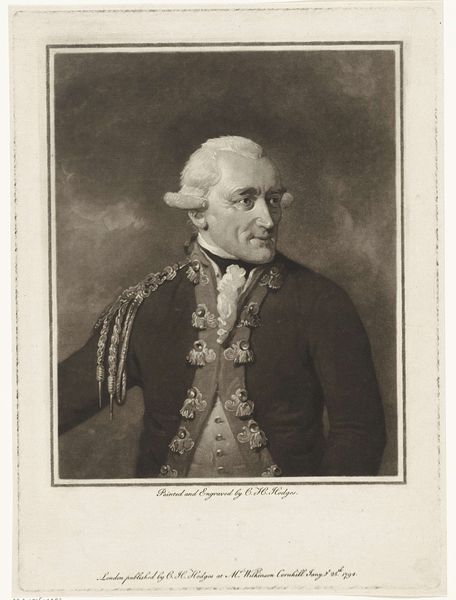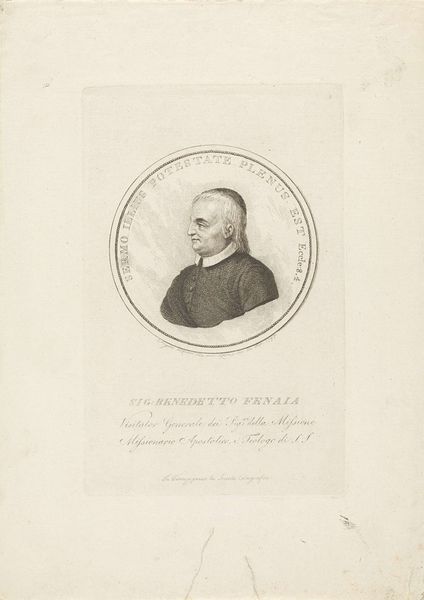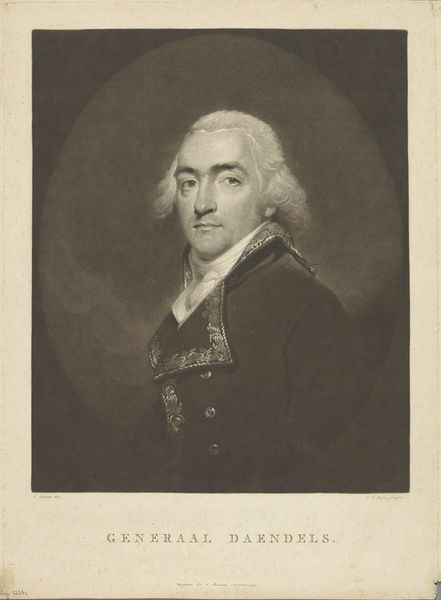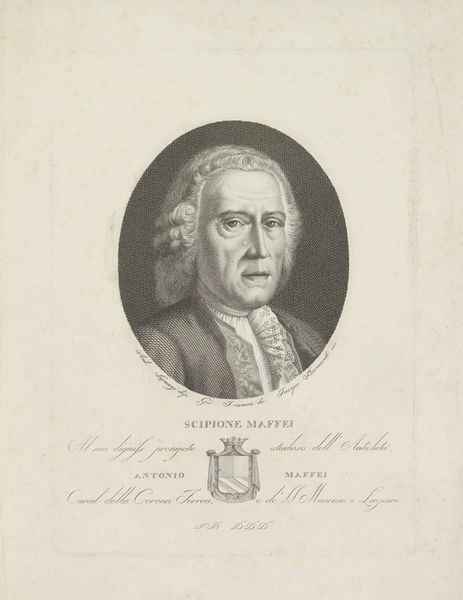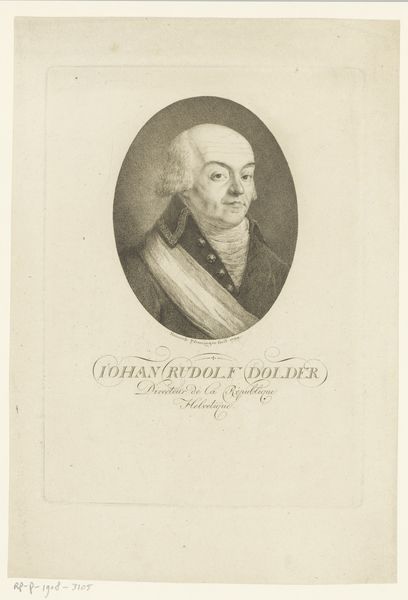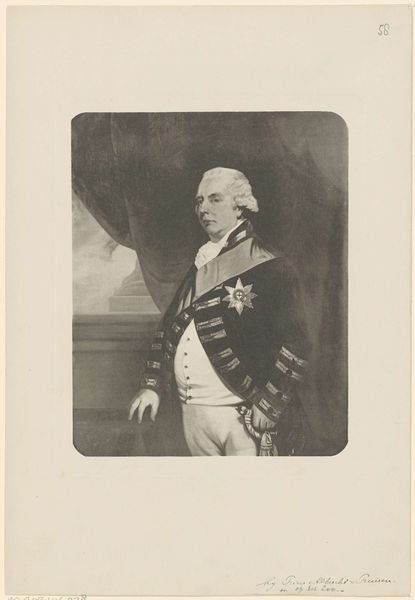
engraving
#
portrait
#
16_19th-century
#
old engraving style
#
19th century
#
history-painting
#
engraving
Dimensions: height 186 mm, width 127 mm
Copyright: Rijks Museum: Open Domain
Editor: So this is Willem van Senus's "Portret van Johan Arnold Zoutman," made between 1822 and 1826. It’s an engraving, currently at the Rijksmuseum. It's quite a formal depiction; very neoclassical, with that oval frame. What do you make of it? Curator: Beyond the aesthetic considerations, what immediately strikes me is how this engraving functions as a form of public representation and the politics inherent within. Who was Johan Arnold Zoutman and why immortalize him through this medium, and disseminate it widely? What socio-political messages were intended, and how were they received by the Dutch public? Editor: It says here "Schout by Nacht ter Zee" -- isn't that a naval rank? Curator: Indeed. This is not just a portrait; it's a careful construction of public memory. The naval setting would resonate strongly with a nation historically dependent on naval power and maritime trade. Engravings like this, mass-produced and disseminated, shaped public perception and contributed to the cult of leadership. The medals are, of course, also props that enhance his aura as someone celebrated by the nation. Editor: So, it's less about accurately portraying Zoutman and more about building a particular narrative around him? Curator: Precisely. Every element – the clothing, the frame, even the style of engraving – reinforces the idea of a powerful and respectable leader during that period, aligning with specific nationalistic ideals of the time. Was that actually representative of him as an individual, as opposed to an ideal? Did this engraving also try to erase him as an individual to turn him into a symbol? That's the realm of art history to analyze it in detail. Editor: I see. It’s fascinating how much a seemingly simple portrait can tell us about history. Thank you. Curator: A pleasure. Remember, art doesn't exist in a vacuum. Understanding its historical and social context unveils layers of meaning we might otherwise miss.
Comments
No comments
Be the first to comment and join the conversation on the ultimate creative platform.



